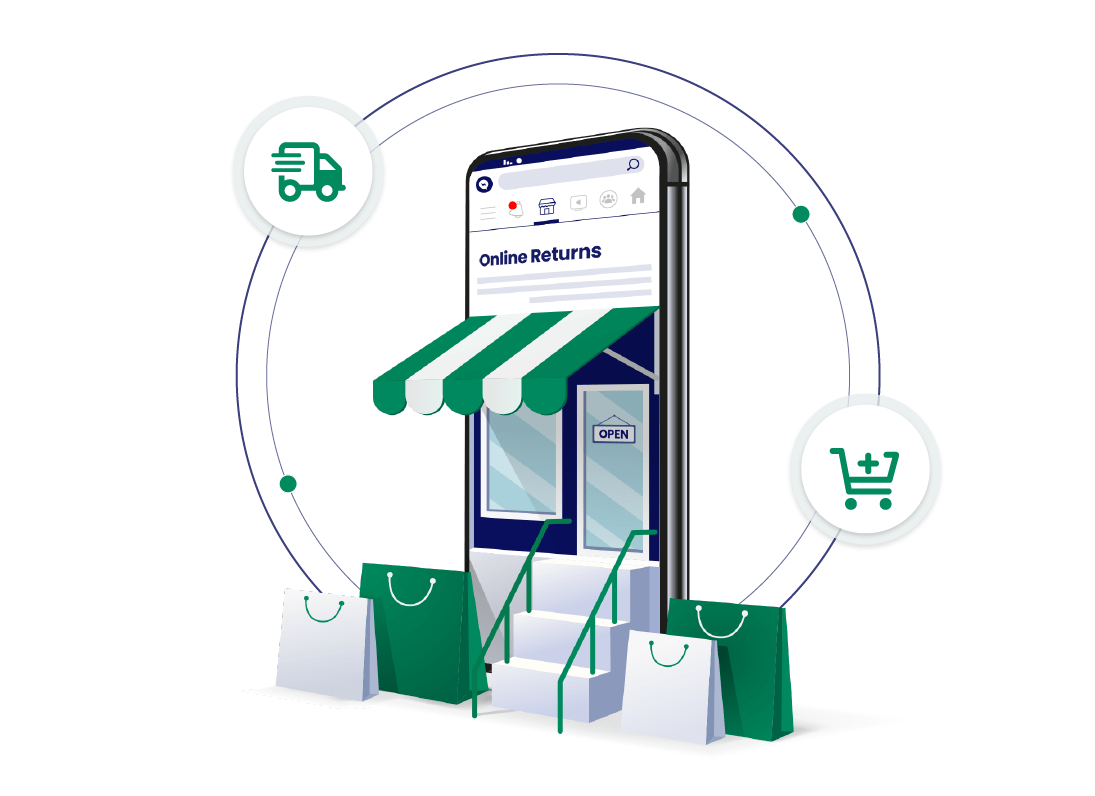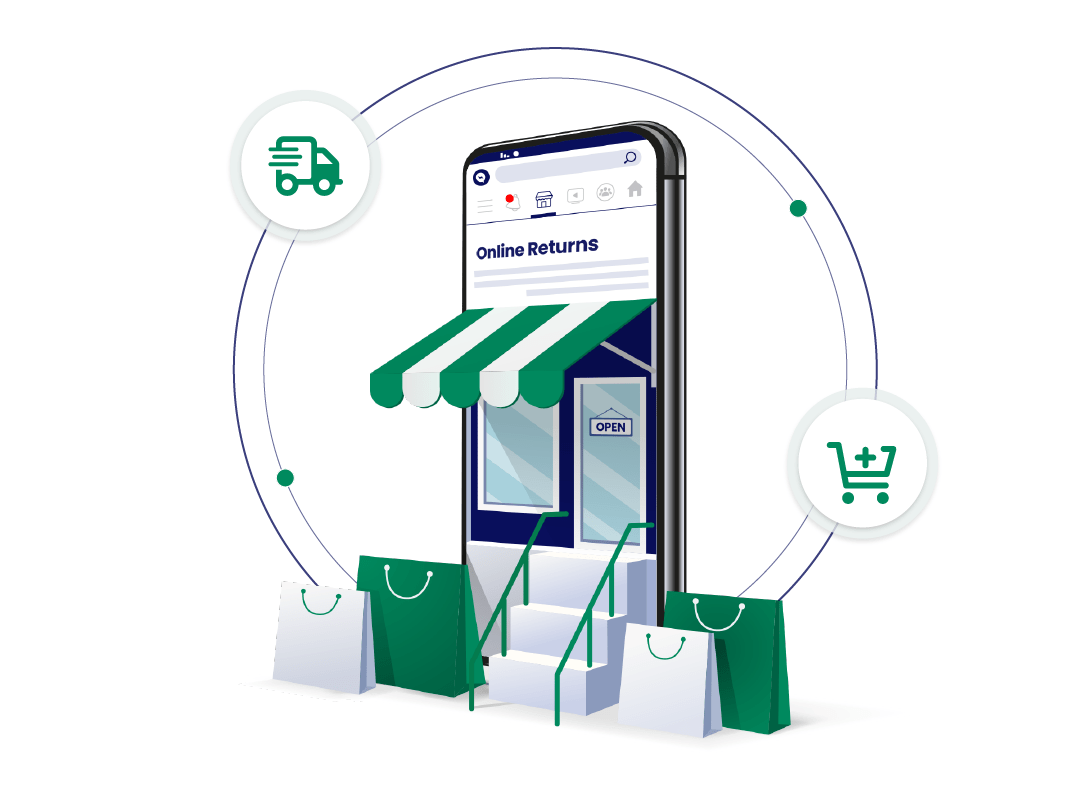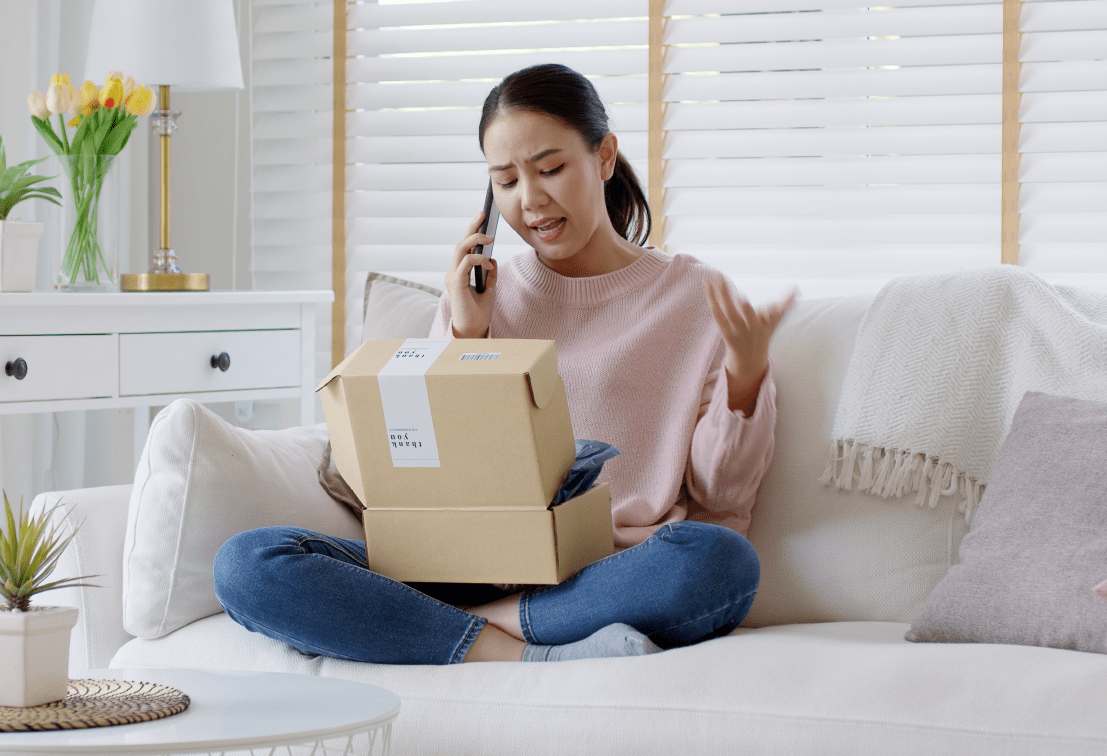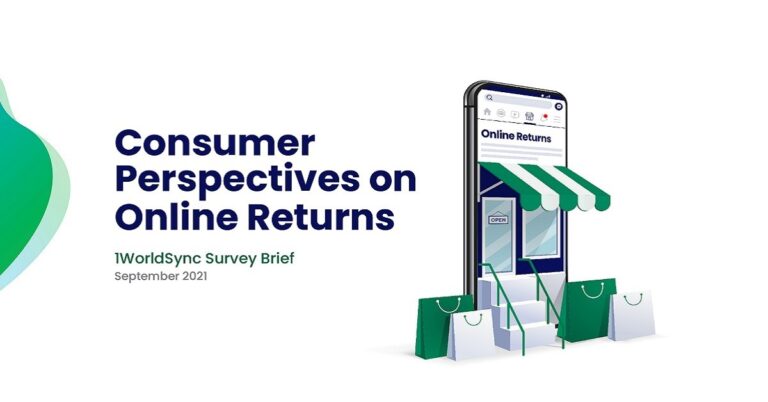Tips for Reducing E-Commerce Returns & Improving the Customer Return Experience
June 22, 2022
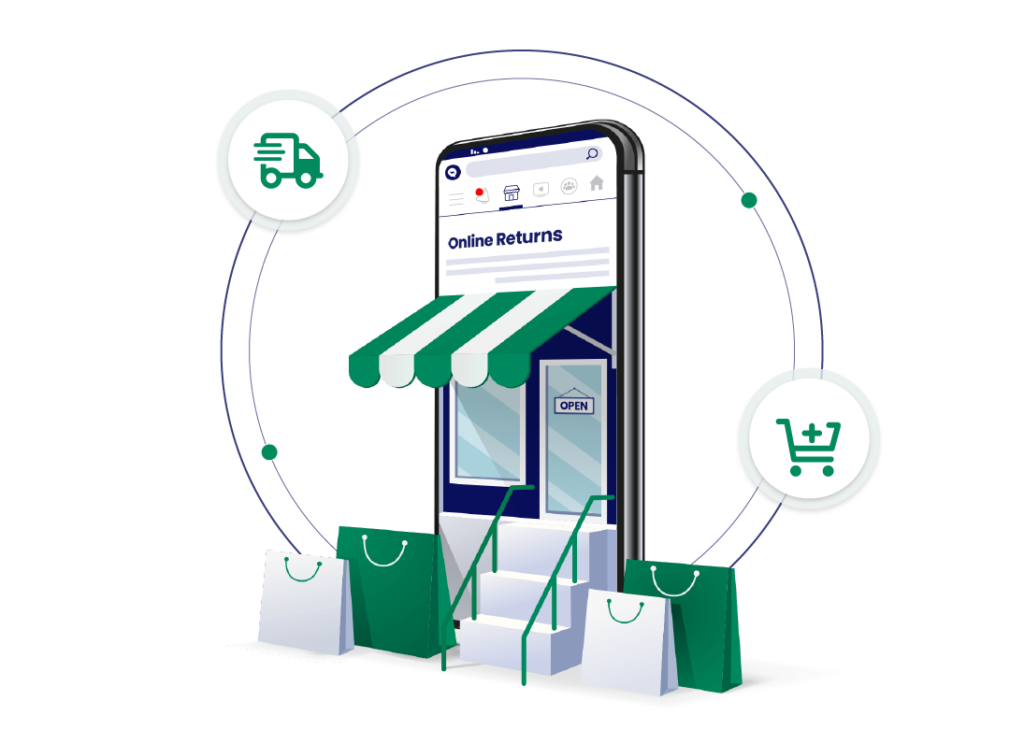
As e-commerce continues to grow, so does the frequency of online returns. Online returns are usually considered a hassle for the customer and the retailer, but there are ways to turn this problem into a relationship building opportunity. Read on to learn how to first limit online returns and then use them to create positive brand moments.
How to Limit E-Commerce Returns
A 2021 1WorldSync study found that 6 in 10 online shoppers blame inaccurate, misleading or poor quality product content for at least some of their e-commerce returns in the past 18 months. The top two contributing factors for returns being misleading or inaccurate product photography (58 percent) and bad specs or attributes (49 percent).
Having accurate, rich product content accessible through every possible touchpoint will better inform your customers and limit online returns. Brands now compete in the omnichannel and need to make sure all their product information is up-to-date, expansive and consistent across all platforms. 1WorldSync’s rich product content can offer solutions to this challenge, providing the full picture to your customers with 360-degree photography, 3D renderings and more. Learn more about limiting returns with the right product content here: https://1worldsync.com/resource-center/blog/how-to-reduce-return-rates/
“The best product content isn’t simply what converts the most buyers. Content that delivers on expectations is equally as important. Photos that capture all angles and features, product descriptions that are honest and relevant, specifications and details that are accurate and easy to comprehend—all of this will simultaneously drive sales and decrease returns.”
Randy Mercer | VP of Product, 1WorldSync
Leverage Compatible, Relevant Product Bundling
Bundling recommendations are a great way to increase cart volume. Customers who are already shopping with you have a smaller barrier to purchase than a new customer. By recommending additional items to a customer who already has product in their cart, you can increase sales significantly. However, if those recommendations are incompatible with the primary product they’re shopping for, this tactic will lead to higher returns. Fortunately, 1WorldSync’s intelligent product bundling service Swogo can increase your ROI and limit returns. Swogo’s unique technology ensures that the recommended products are compatible with the products customers already have in their cart. With Swogo, a customer purchasing a laptop will be recommended compatible accessories such as chargers, cases or charging docks that work specifically with that laptop. This technology increases sales and decreases returns.
How to Create a Return Policy
While you can significantly reduce your online return rate through the introduction of rich product content, some returns are still inevitable. But, instead of seeing returns as a headache for your customers and a hassle for your teams, leverage this customer experience as a positive brand moment leading to customer satisfaction and retention. There are various factors to consider when determining a return policy that works for you and your customers.
What to Consider When Determining Your Return Policy:
Time Restraints
Common policy is to allow between 30-90 days after purchase for a customer to complete a return.
Requiring a Receipt
Providing proof of purchase is usually a prerequisite for initiating returns. But, it’s becoming increasingly common for retailers to offer receipt-free returns. An option when allowing returns without receipts is to offer a voucher or credit to your online store instead of refunding the original payment.
In-Store vs. Mail Returns
If you have a brick-and-mortar store, you can offer in-person returns to avoid the cost of shipping a used item. When offering mail-in returns, retailers have the option to cover the cost of shipping or put that responsibility on the customer. Understand the cost associated with returns and if covering the cost of shipping is within your budget. Keep in mind that retailers covering the cost of shipping could be a determining factor for if a customer will shop there in the first place. Some retailers provide return labels in orders to ease the return process for customers and cover shipping costs
Above all, be transparent. Ensure your return policy is clear and visible across your platforms. Look to industry examples when creating your return policy and consider your customer first. A return policy that can draw customers to your business is the Keep It approach.
Keep It Policies
Keep It return policies are one way to turn a disappointed customer into a brand fan.
According to 1WorldSync’s 2021 study, 56 percent of online shoppers initiated a return that allowed them to keep the item and receive a refund.
A Keep It policy can reduce cost for retailers. When a customer is refunded and permitted to keep the item, a retailer doesn’t have to cover the cost of shipping a used product. This policy is especially effective for items that can’t be resold.
Keep It policies are great tools for building customer relationships and attracting new shoppers. In the same study referenced above, 86 percent of 1WorldSync survey respondents indicated they would be more likely to shop online if they knew they would not have to deal with returns.
“Compared to returning items in-store, online returns can easily become a chore that sours the shopping experience and deters customers from doing repeat business. The savviest retailers are treating each return as an opportunity to create a positive brand experience built on trust and kindness. When done well, the cost of a single refund is dwarfed by the gains from retaining that customer for life.”
TJ Waldorf | VP of Marketing and Customer Success, 1WorldSync
Conclusion
While online returns are an inevitable part of business, they can be significantly reduced with the introduction of accurate, rich product content. 1WorldSync offers solutions that will better inform your customer and limit your online return rates. When online returns do take place, instead of fearing the cost and work associated, retailers have an opportunity to leverage returns as a meaningful and positive customer interaction. By creating a clear, transparent and considerate return policy, brands can build a reputation of trust, retain customers and reach new ones.
